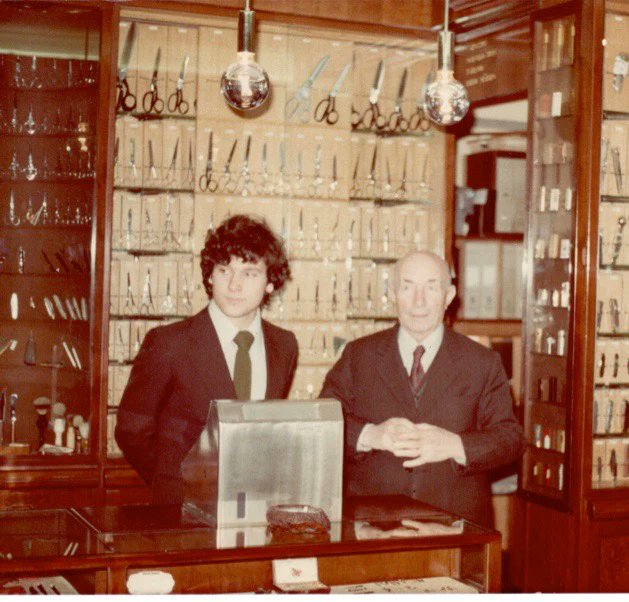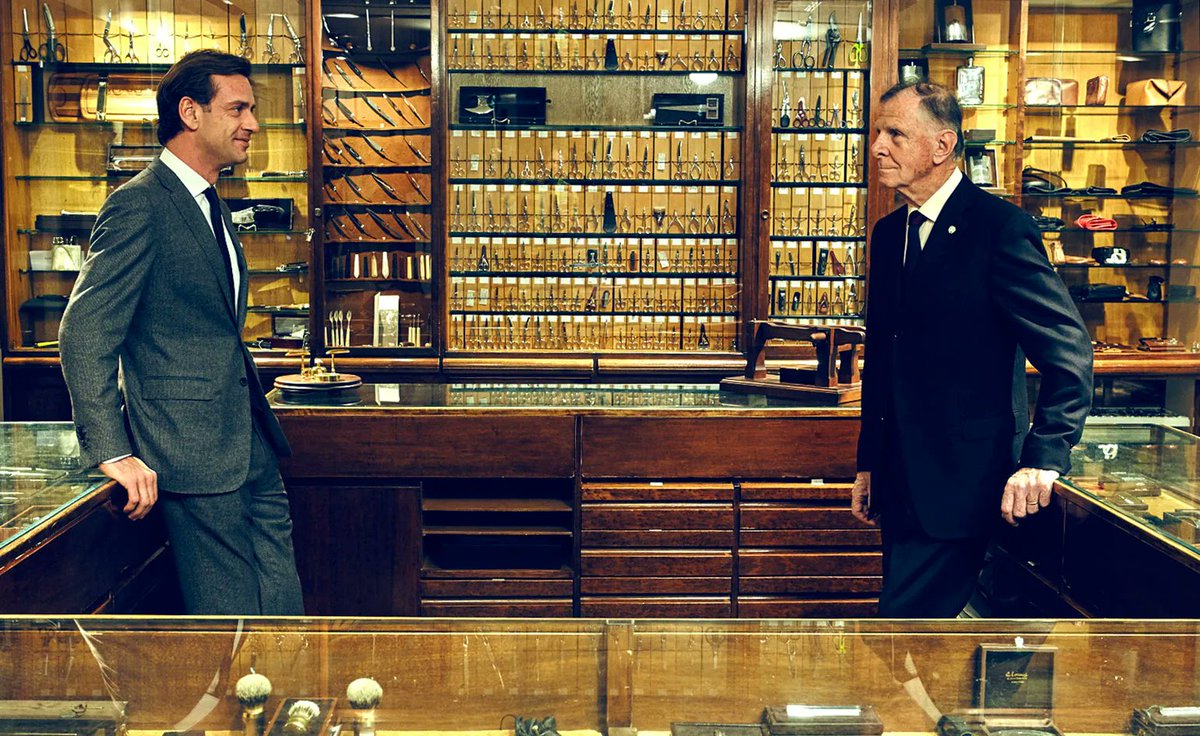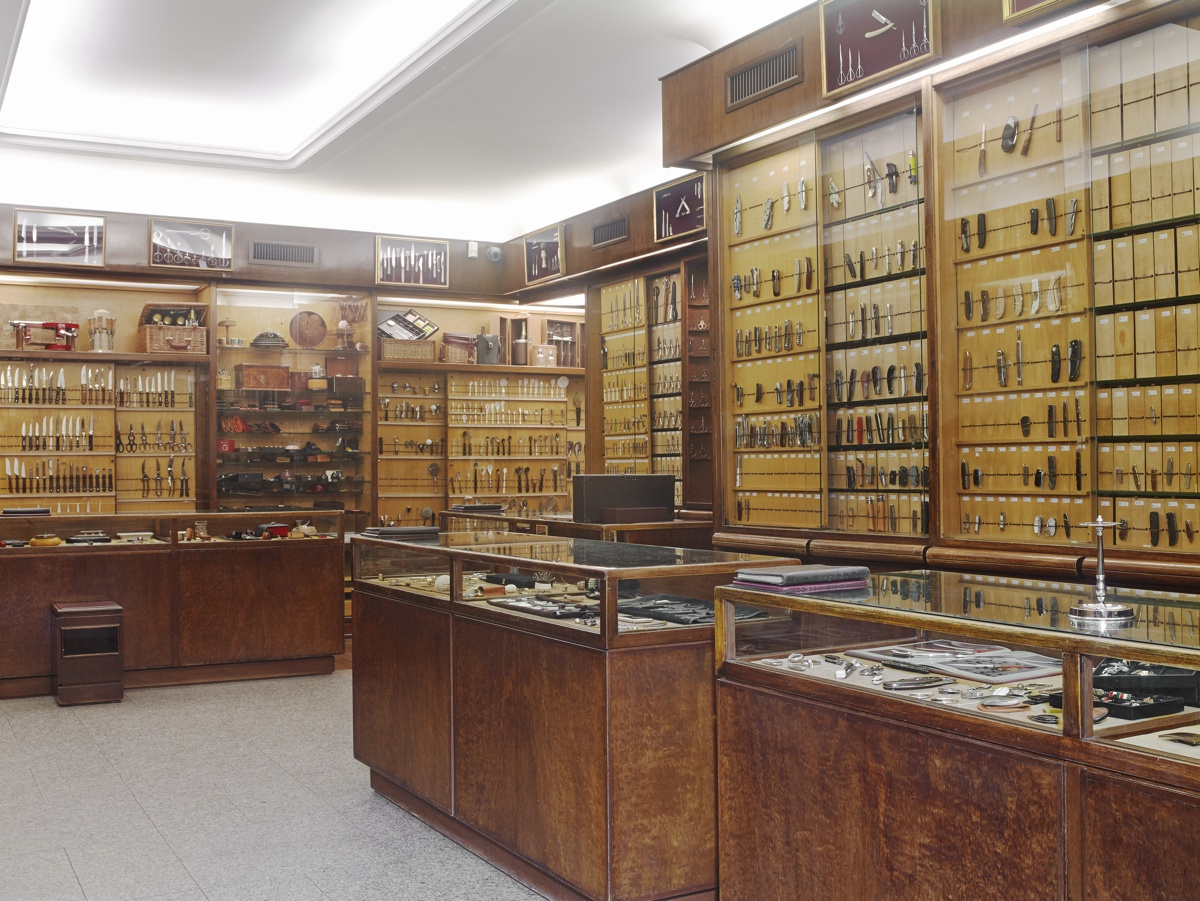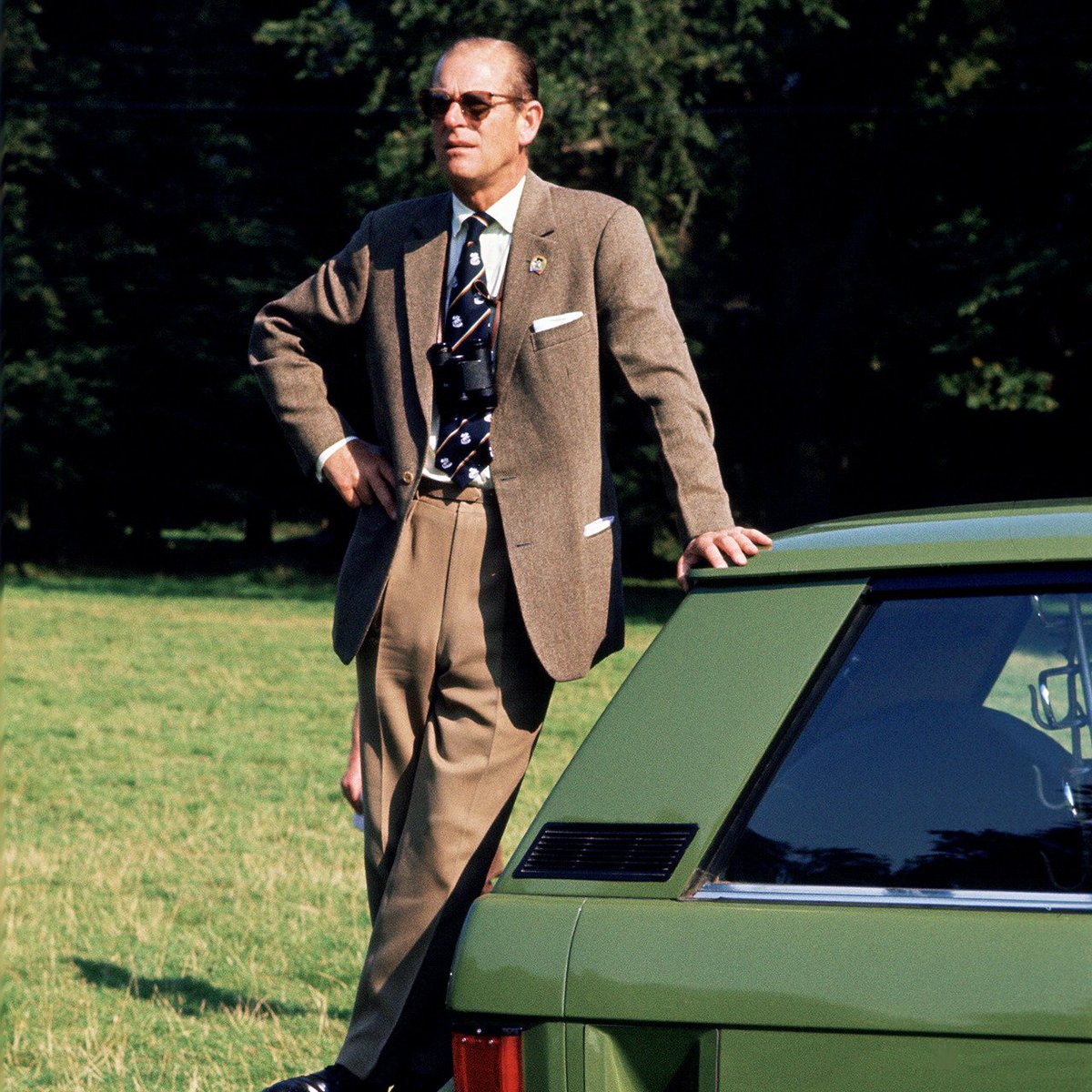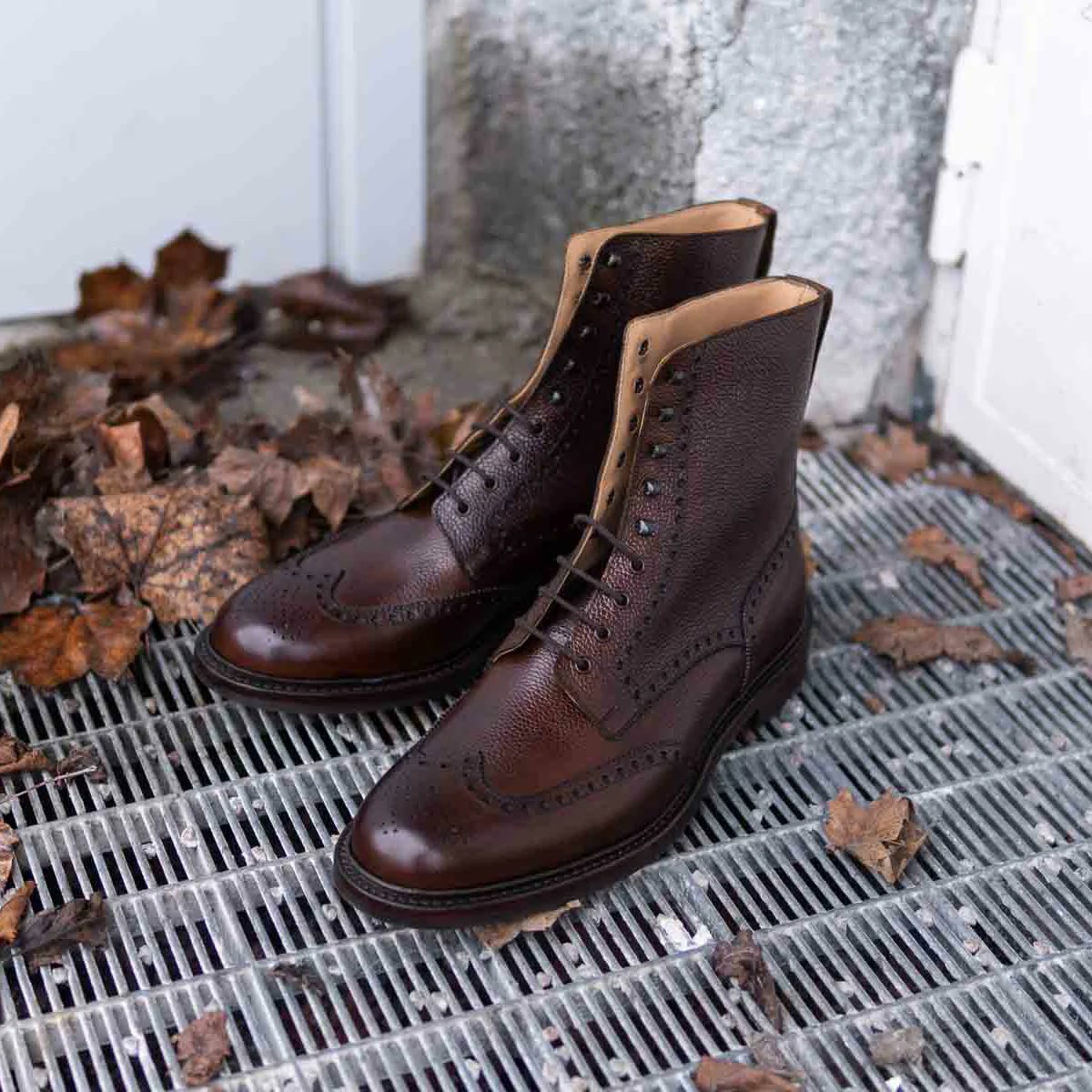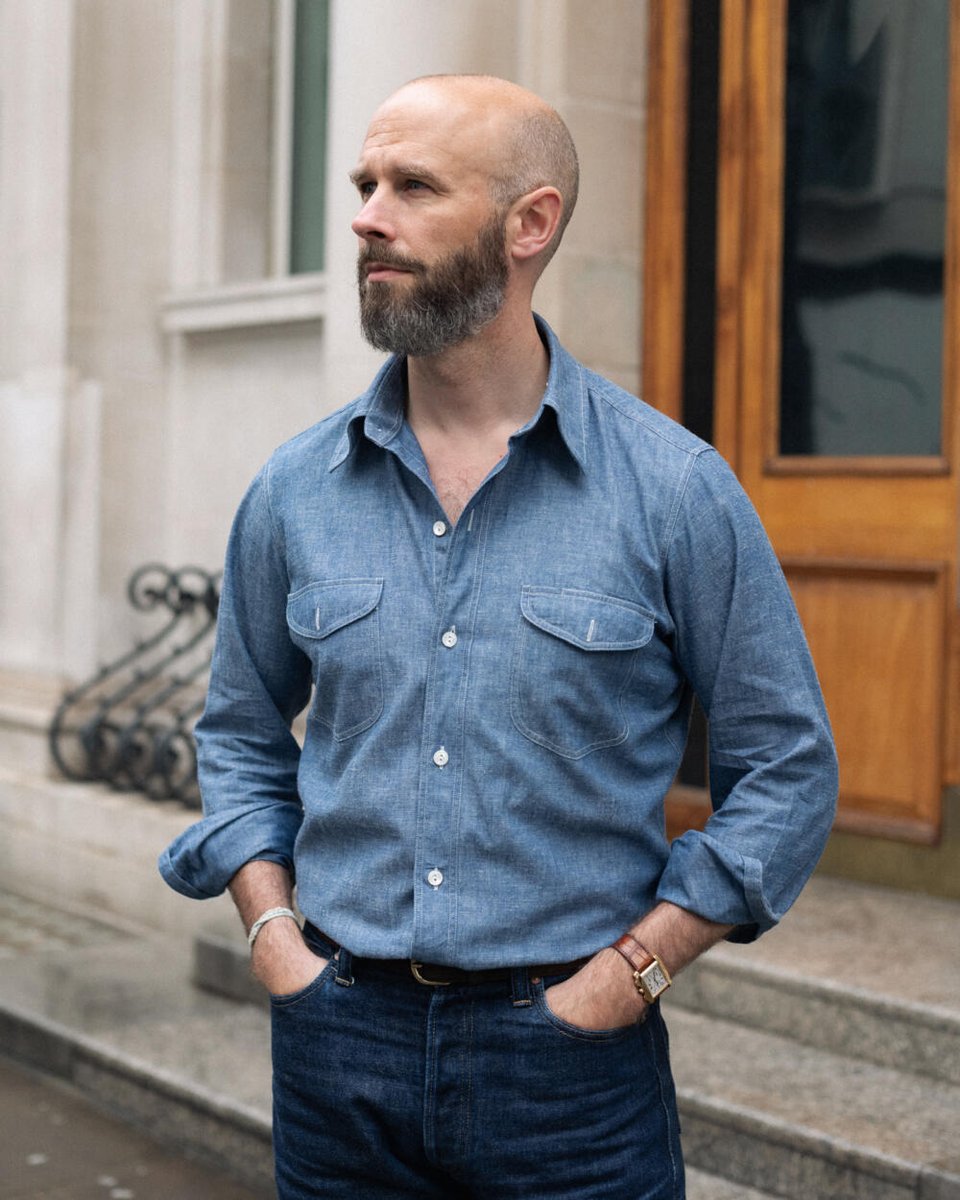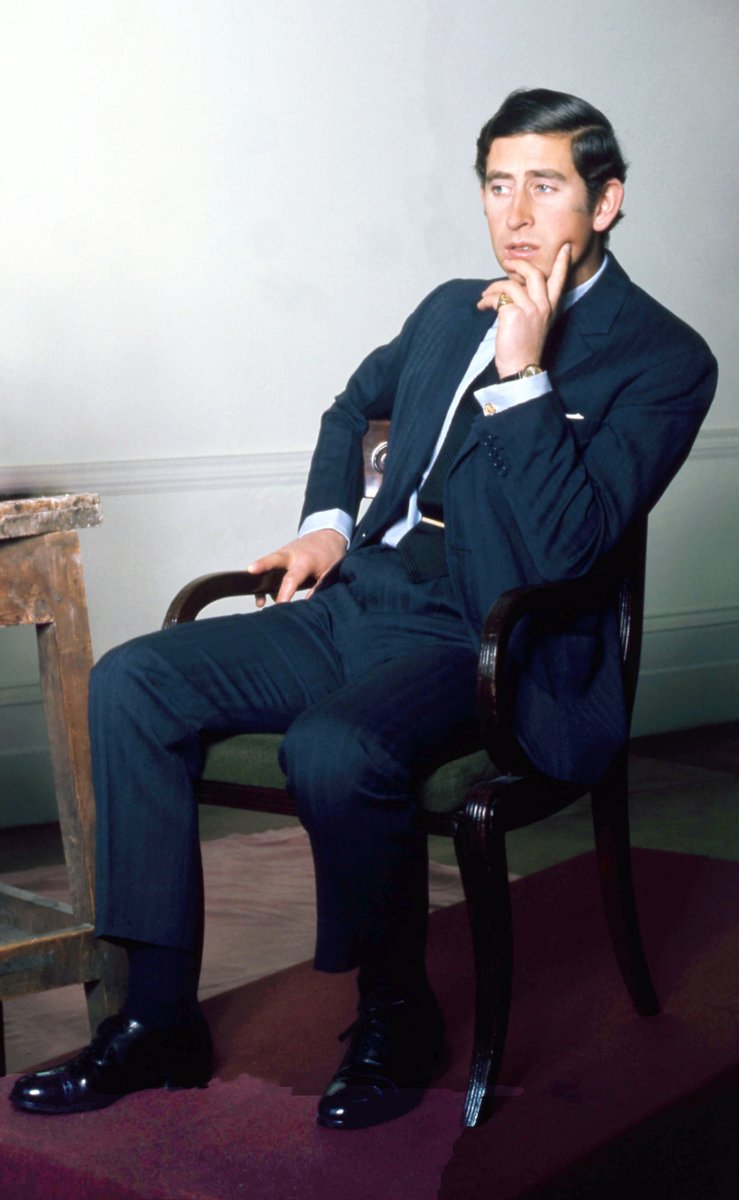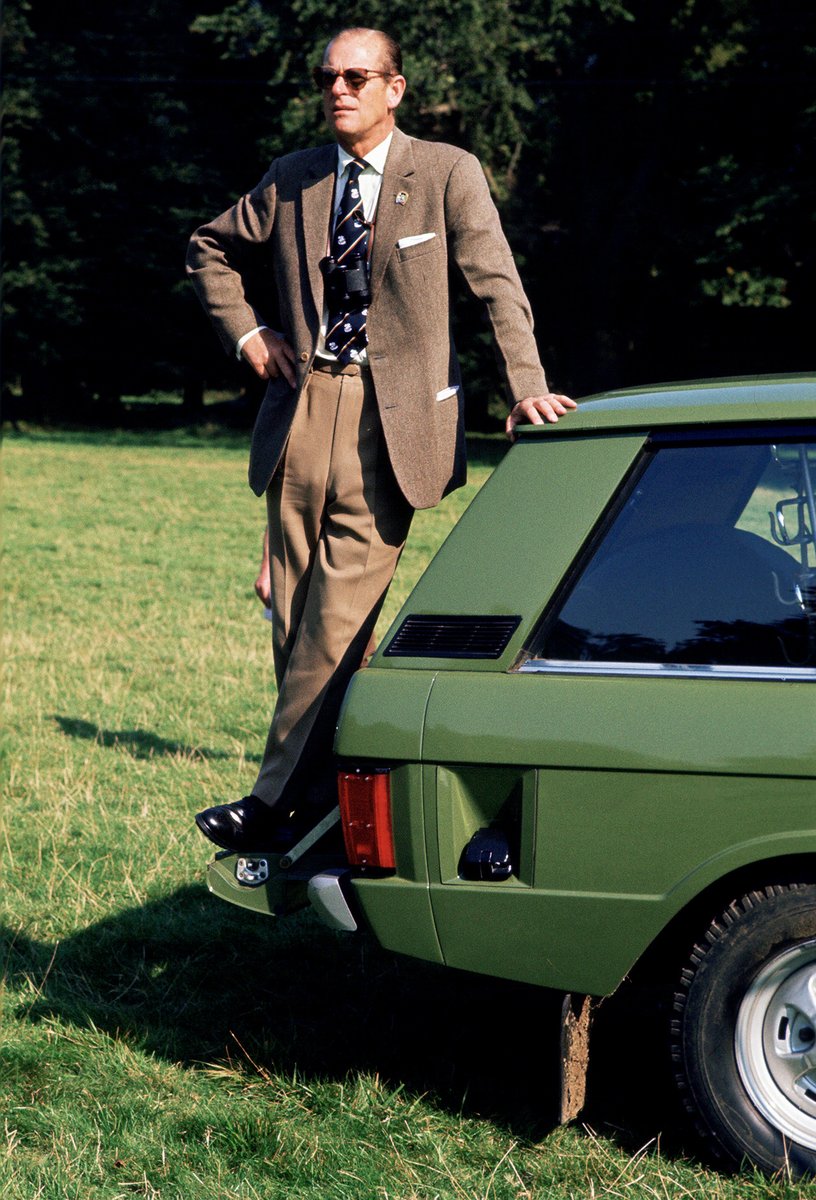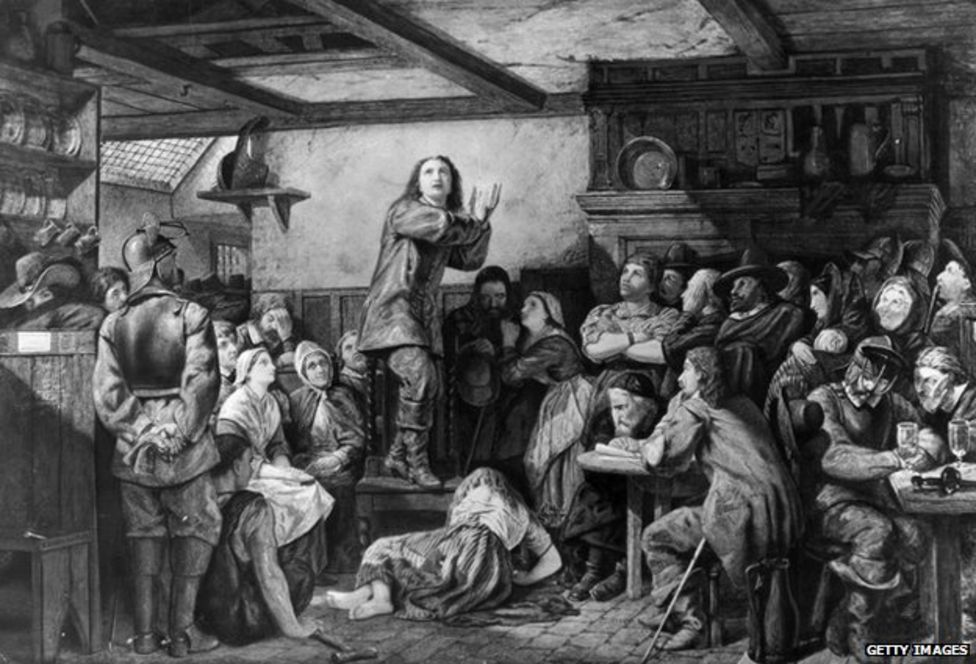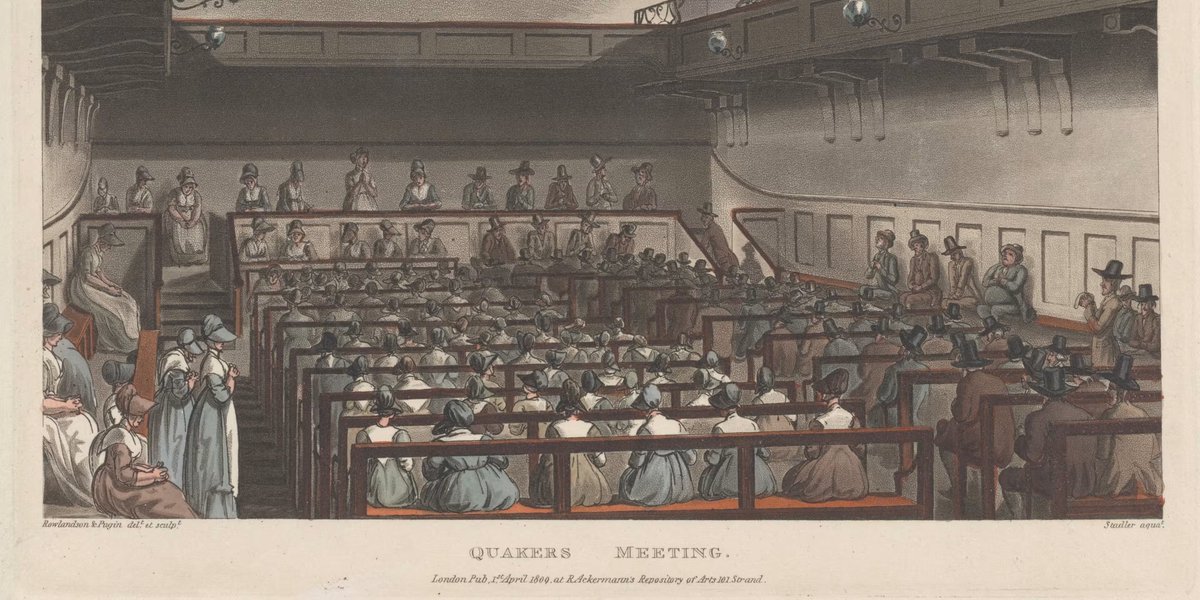some thoughts on the recent red carpet/ award ceremony looks, with some thoughts at the end on how you can improve your own outfits
apologies to the celebs criticized in this thread. this is not personal 🧵
apologies to the celebs criticized in this thread. this is not personal 🧵

IMO, many looks suffer because whoever is behind the styling is trying too hard to smash you over the head with something different, and there's not enough attention paid to basic things like fit and silhouette.
for instance, this weird variation on the double breasted. the waist is straining, the coat is short and boxy, and the narrow lapels make the outbreast pocket look too far out to the armhole. very odd 

same design here. the wider shawl collar minimizes the problem with the outbeast, but it still looks very weird and unflattering 
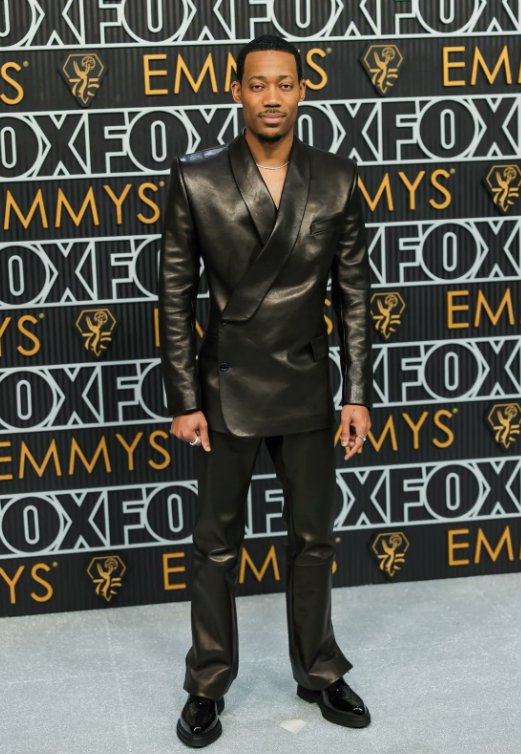
this looks like something jordan peterson would order from his freebie tailor. odd lapel design, short boxy silhouette, and disconnect between jacket and pants create two separate blocks. this needs fuller, less tapered trousers, so you have a coherent whole in silhouette 

shapeless coat made from what looks to be the same fabric as the pants makes this feel like a cab callow throwback. the coat needs to have more shaping or be made from a heavier fabric (such as an overcoating, not a suiting/ jacketing). looks oversized in a bad way 
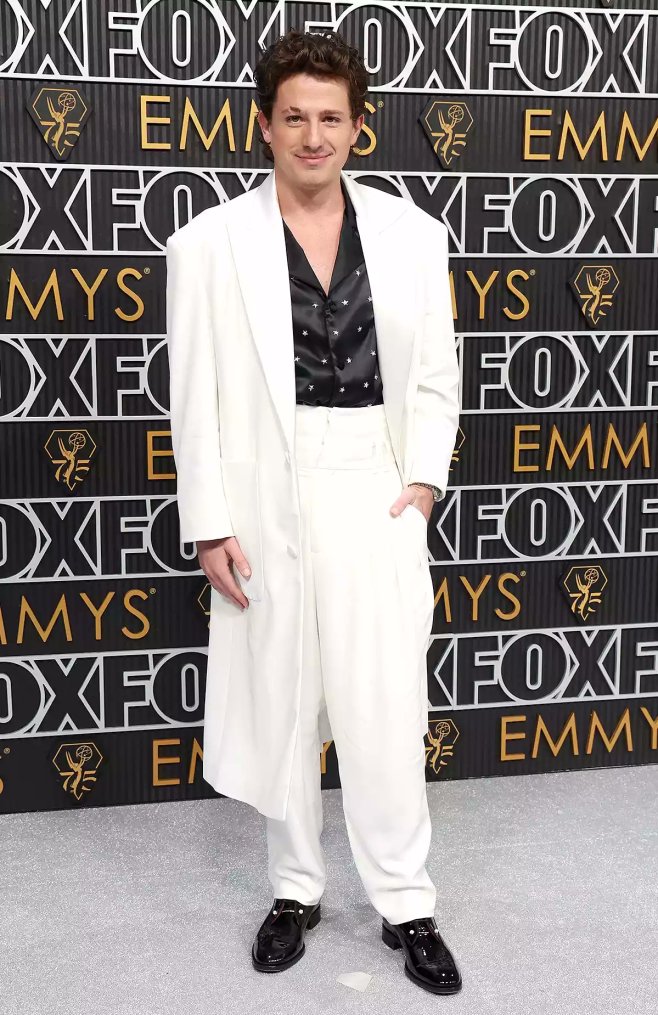
even some of the traditional looks are ... not well done. jacket here looks too big; pants need to be hemmed. 

blue suit needs a wider, teardrop shaped shawl collar. i also don't know who decided to put flapped hacking pockets (a country horseriding detail) on a dinner suit. are you eating dinner while horseriding?




the best look in the last few days was this fit by colman domingo. ironically, it's the one that most closely hews to classic tailoring principles but also best executes a non-traditional look. how so?
higher-waisted pants, longer jacket, no pulling or rippling, smooth lines
higher-waisted pants, longer jacket, no pulling or rippling, smooth lines
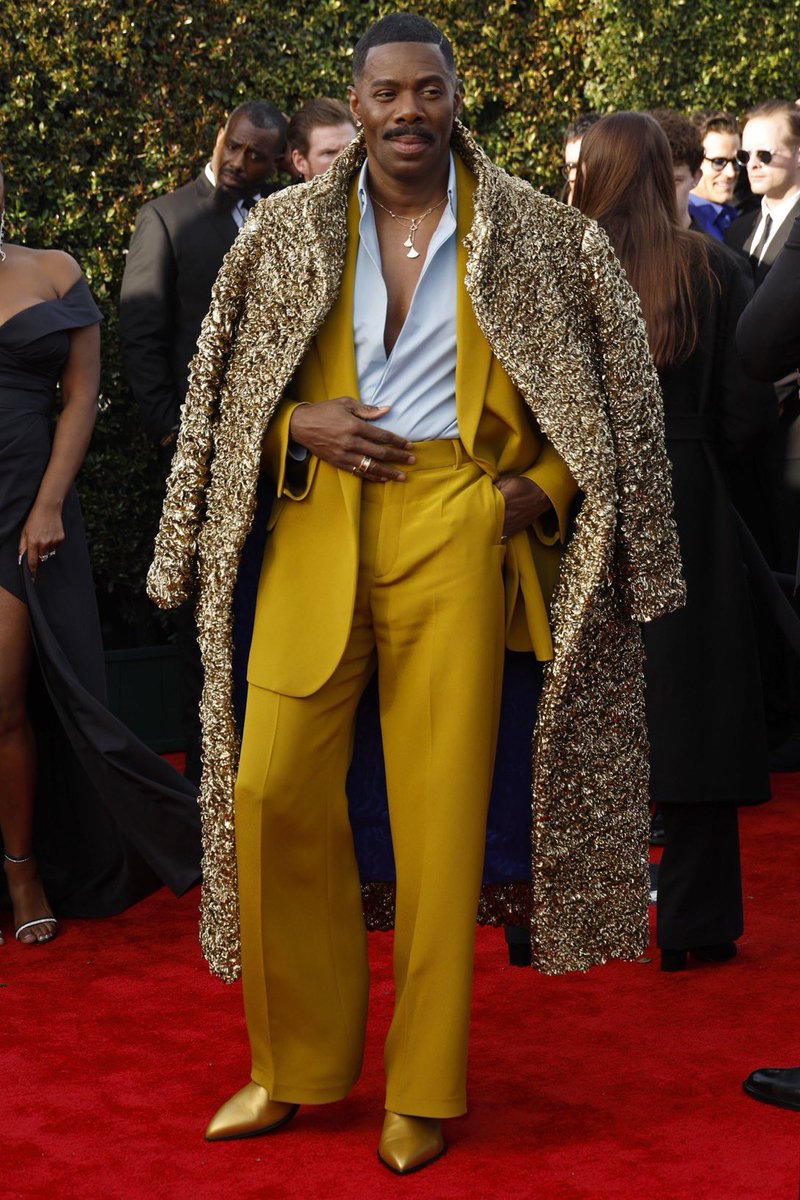
these same principles can be seen in more traditional outfits made from more conservative fabrics. domingo's suit is made with a wider flared leg—a stylistic choice—and bolder color. he's also wearing a bolder overcoat, but the principles are the same


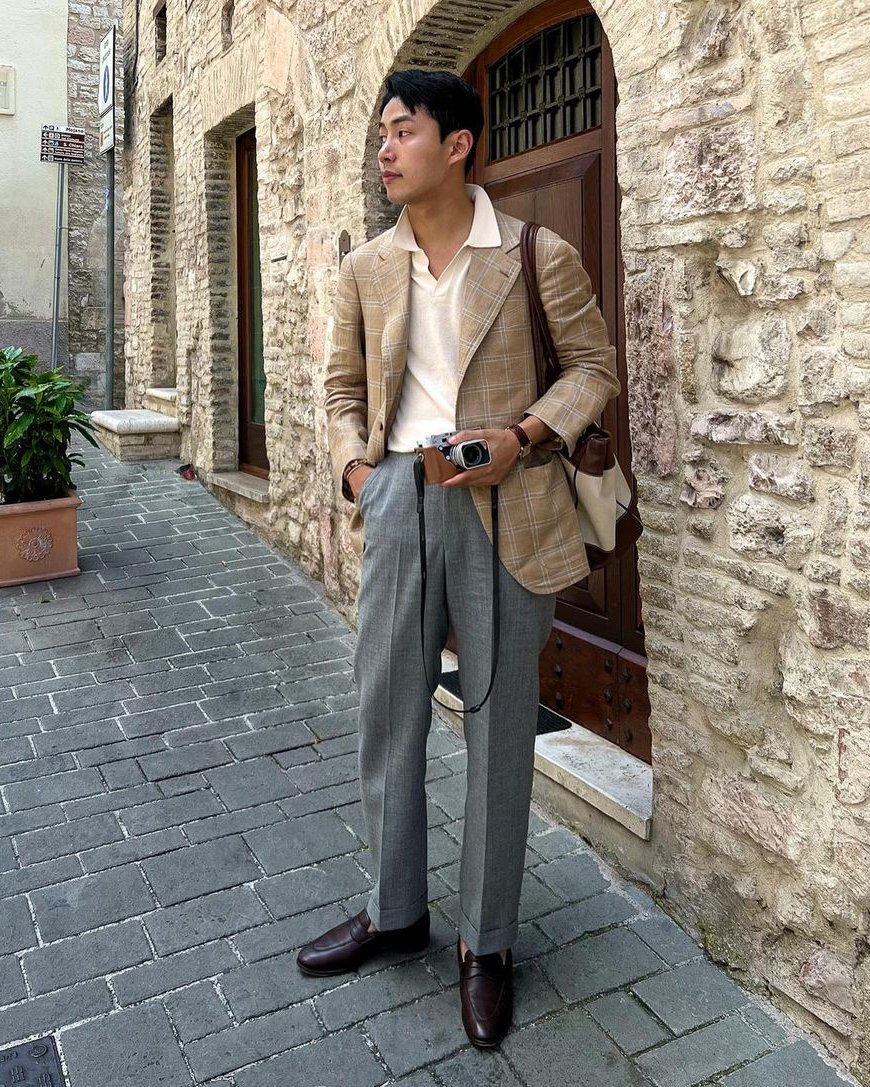
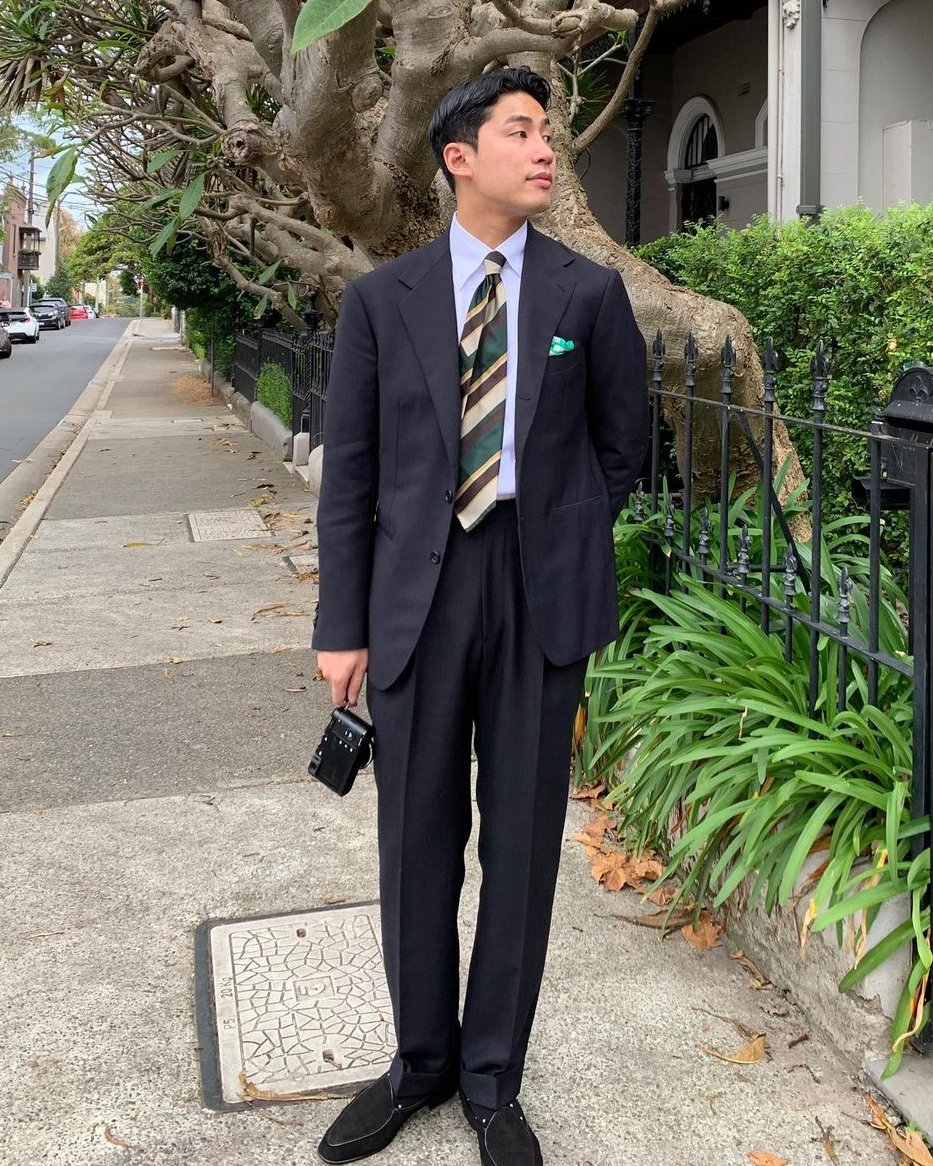
this is another great look, and again, you can see how the fit and silhouette are very good. collar hugs the neck. lapels are well proportioned. coat ends halfway from the collar to the floor (not super short or long like others above) 

the coat is also shaped. look at the roundness around the chest. this is created with haircloth, canvassing, and domette, as well as pad stitching. reminiscent of old style tailoring by Anderson & Sheppard, although he's not technically wearing the same cut



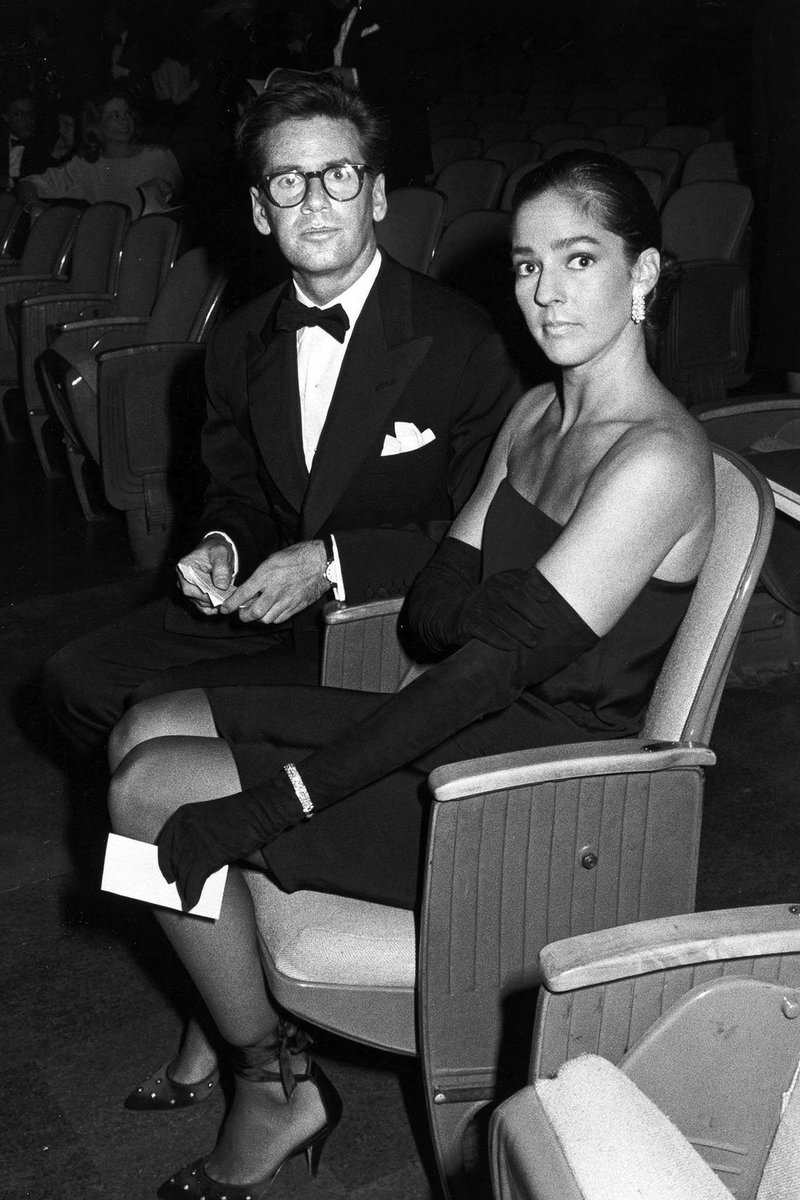
domingo again here looks great because the garment is well done in terms of fit and silhouette. there's shaping through the chest and waist. very different from the second pic, which is just big.


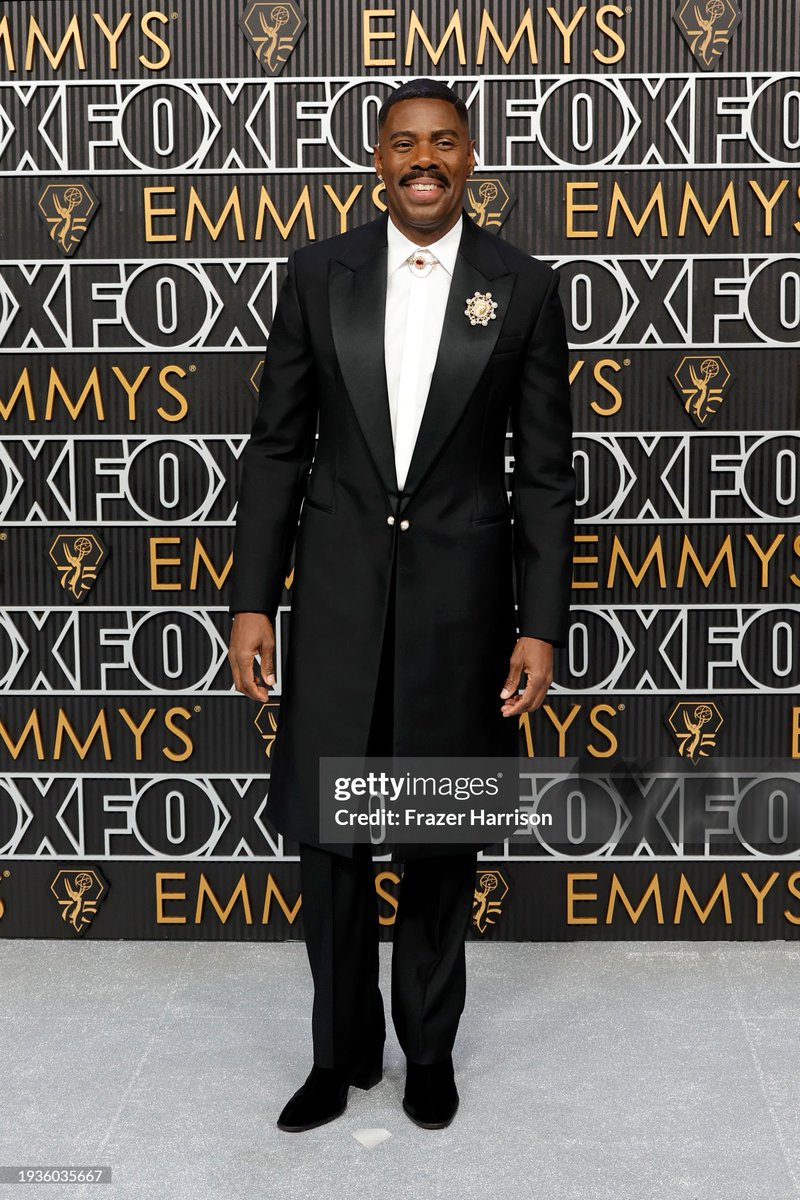

sometimes I'll post a look, and someone will say, "That looks boring," but they are missing the principles of fit and silhouette. they are looking for loud, over the top things that scream THIS IS DIFFERENT. that can be fine, but the tailoring has to be done well
a suit is technically just a garment where the jacket and pants are made from the same fabric. these things can be made in any fabric and styled any number of ways.


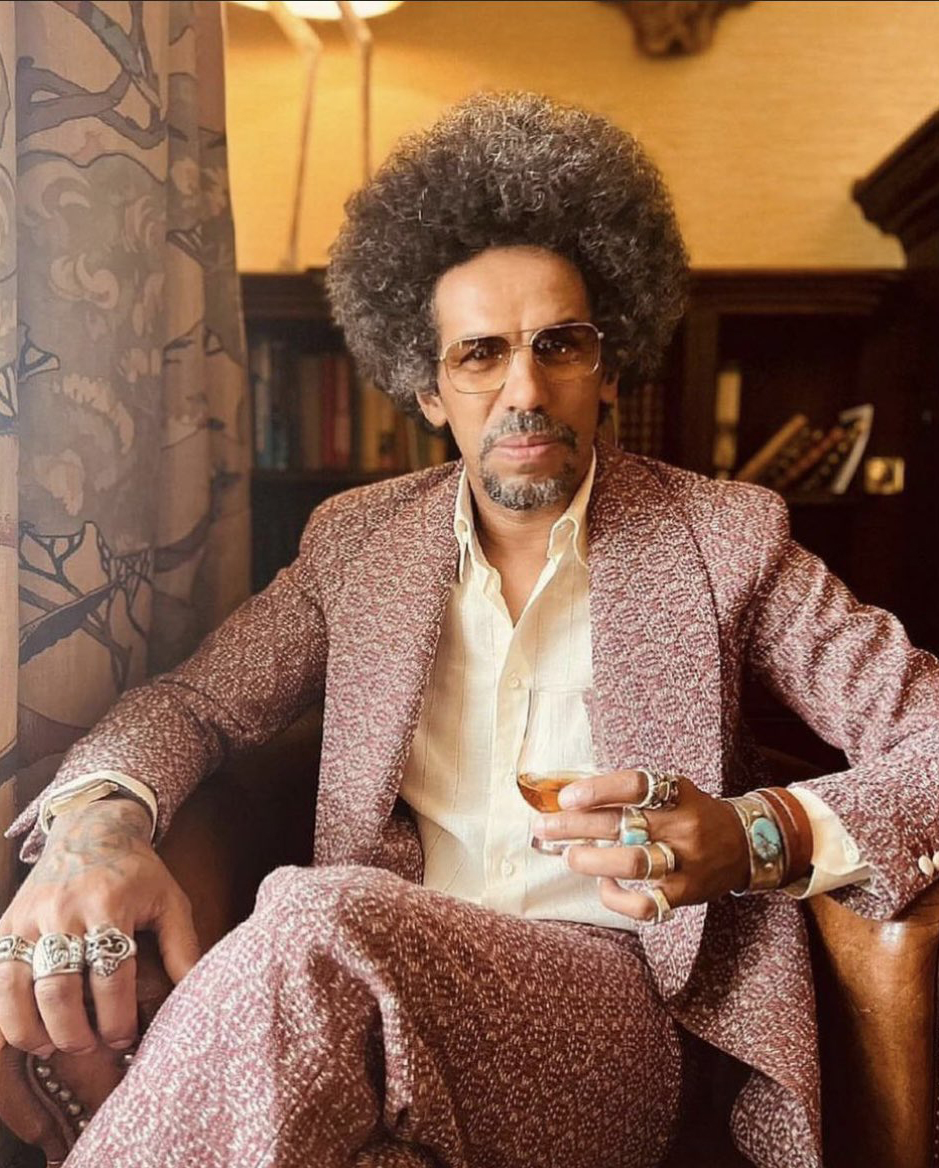

but if the tailoring isn't good, no amount of weird, wacky reinterpretation will save it. this is the problem with peterson's suits. the tailoring is very bad, and their appeal is all about gimmicks
once you get the fit and silhouette right, you can do whatever you want
once you get the fit and silhouette right, you can do whatever you want

• • •
Missing some Tweet in this thread? You can try to
force a refresh


